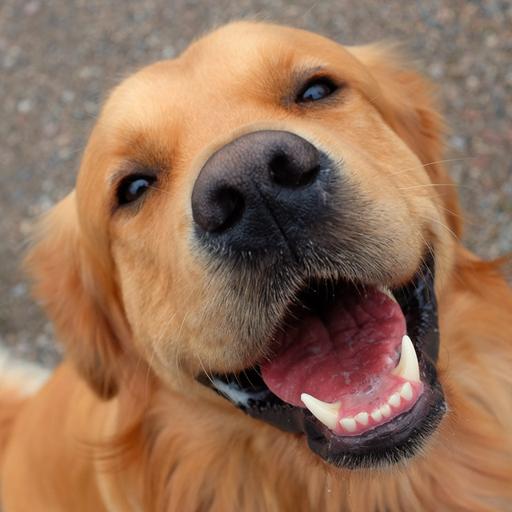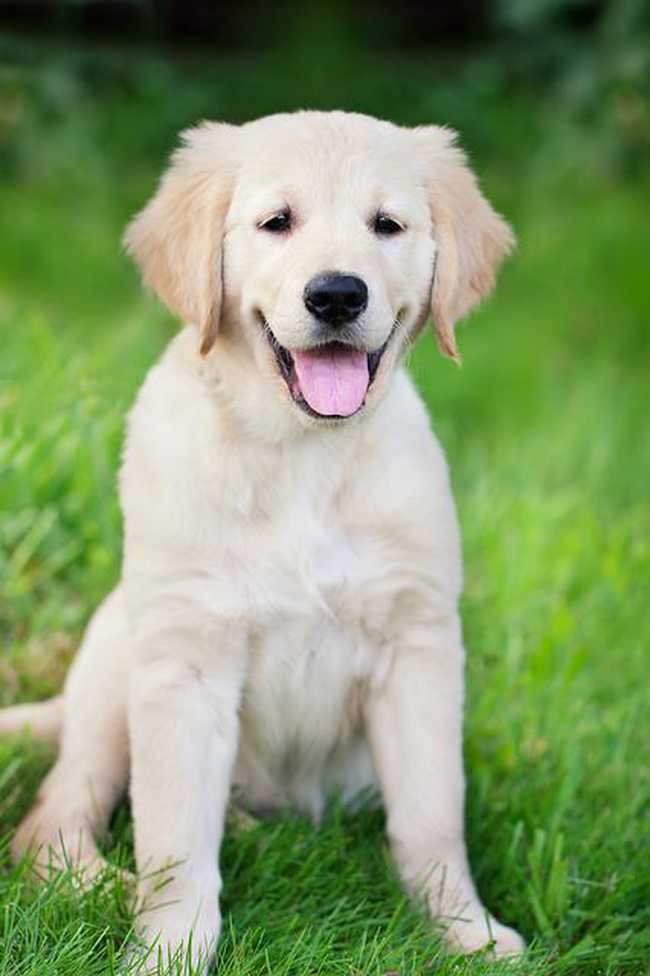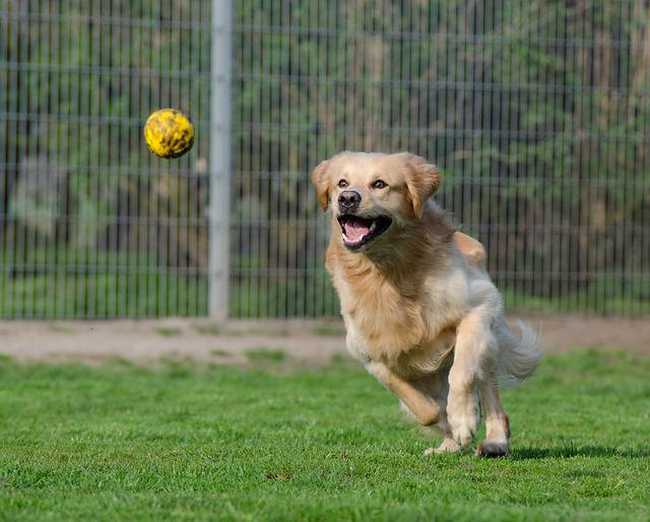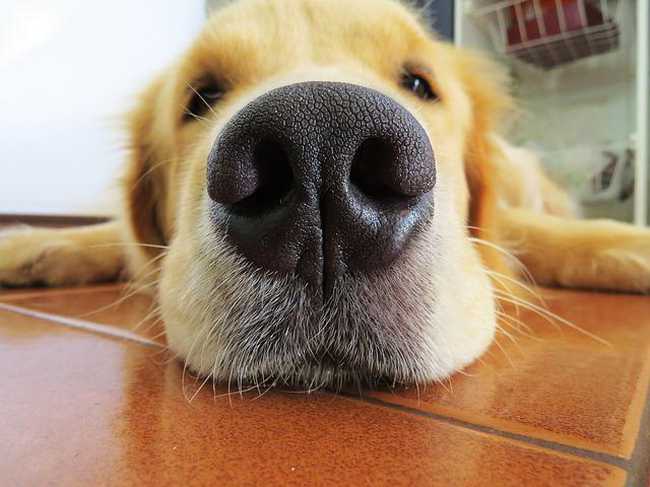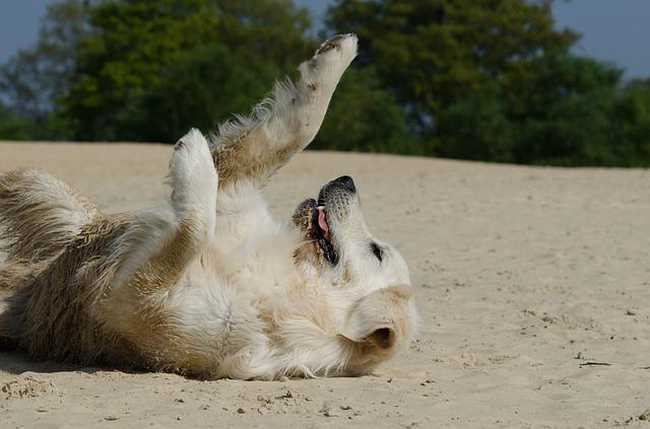Can Golden Retrievers Get Lice?
If you’re anything like me, you’ve probably found yourself endlessly wondering if every new symptom or behavior you notice in your beloved furry friend is completely normal. Today, we’re diving into a particularly itchy question: can golden retrievers get lice? As a dog owner, it’s important to be aware of all the potential pests that could harm your furry friend.
In this post, we’re going to explore everything you need to know about lice in pets, specifically golden retrievers. We’ll dive into how these adorable canines are susceptible to lice infestations, how to identify if they have lice, and what you can do to prevent and treat any outbreaks.
So, grab a cup of coffee, get comfy with your pup by your side, and let’s get to the bottom of this pesky problem.
Understanding Lice in Pets
Lice are tiny insects that can infest your pet’s fur and feed on their blood. These parasites are commonly found in cats and dogs, including golden retrievers. Lice infestation can spread quickly among pets who spend a lot of time in close contact with each other.
Lice in pets typically have a lifespan of several weeks, during which time they will lay eggs and create a cycle of infestation if left untreated. Some common symptoms of lice infestation in pets include excessive scratching, hair loss, and skin irritation.
It’s essential to understand the basics of lice in pets, including how they spread and the importance of early detection to prevent further infestation. With proper treatment and preventative measures, lice in your golden retriever can be eliminated, allowing your furry friend to be happy and healthy once again.

Golden Retrievers and Susceptibility to Lice
Golden Retrievers have a thick coat of hair, making them susceptible to lice infestations. These parasites thrive in warm, humid environments, and are easily transferred from one dog to another through close contact or sharing of bedding, toys, or grooming tools. While lice infestations can happen to any dog breed, Golden Retrievers are particularly vulnerable due to their dense fur, which offers a perfect hiding place for lice. It’s important for pet owners to recognize the signs of lice infestations and take measures to control and prevent them.
Identifying Lice Infestation in Golden Retrievers
It’s important to keep an eye out for any signs of lice infestation in your Golden Retriever. One telltale sign is excessive scratching, chewing, or biting on the skin. You may also notice small, whitish-yellow eggs or “nits” attached to the hair shafts close to the skin, as well as adult lice moving around on your dog’s skin or fur. Another indication of a lice infestation is the appearance of scabs or sores on the skin due to constant scratching or biting. If you suspect your Golden Retriever has lice, it’s important to consult with a veterinarian or a professional groomer for proper diagnosis and treatment.
Treating Lice in Golden Retrievers
When your Golden Retriever has lice, it’s important to start treating it as soon as possible to prevent it from spreading to other pets or humans in the household. There are various treatment options for lice infestation in dogs, including medicated shampoos, topical treatments, and oral medications.
You can start by using a medicated shampoo specifically designed for dogs with lice. Follow the instructions carefully, including how long to leave the shampoo on your dog’s fur, how often to use it, and whether or not to dilute it.
Topical treatments may also be an effective option. These are applied directly to your Golden Retriever’s skin, and they work by killing both adult lice and their eggs. Again, it’s important to follow the instructions carefully, including the amount to apply and how often to use it.
In more severe cases, your veterinarian may prescribe an oral medication to kill the lice. This should only be given under the supervision of a veterinarian, as some of these medications can have side effects.
After treatment, it’s important to continue to monitor your Golden Retriever for any signs of lice. You may need to repeat the treatment in a few weeks to ensure that all the lice and their eggs have been eliminated.
Remember, prevention is key. Regularly grooming your Golden Retriever and keeping their environment clean can help prevent lice infestation in the first place. If you suspect your Golden Retriever has lice, it’s best to consult with your veterinarian to determine the best treatment options for your furry friend.
Preventing Lice in Your Golden Retriever
Preventing lice in your golden retriever is easier than you think. Regular grooming can go a long way in keeping your dog’s coat healthy and free of parasites. Brush your golden retriever’s coat often, checking for any signs of lice or nits. A simple bath with flea and tick shampoo can also help prevent lice infestations. Make sure to keep your home and dog’s living area clean and tidy, as lice can lay eggs in dirty fabrics.
Additionally, limit your dog’s physical contact with other pets that may be infected with lice. Always check your golden retriever after any outdoor activities, as lice can easily attach to your dog’s fur. Prevention is the key to keeping your golden retriever healthy and happy, so be proactive in keeping lice and other parasites away.
Conclusion
In conclusion, while it may be unsettling to think of our beloved Golden Retrievers getting lice, it is important to understand that it is a possibility. While these pests may not be harmful to our furry friends, they can cause discomfort and irritation. It’s important to be aware of the signs of lice infestation, such as excessive scratching and visible lice on the fur. Treatment options, such as medicated shampoos and topical applications, are available and can effectively get rid of lice. However, prevention is always the best course of action, whether it be through regular grooming and hygiene or the use of preventive products. Ultimately, maintaining a clean and healthy environment for our pets can go a long way in keeping them free from lice and other pests.

